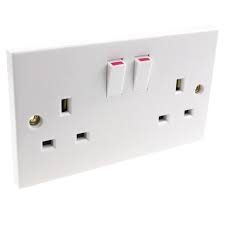the UK power grid is weird. mostly due to echoes of the war. used to be that, to save copper, the entire house and sometimes multiple houses on a street would be wired as one big loop of wire, no fuse box or anything. that's where the individually fused plugs and switched sockets come from. then, since it turned out to be quite a good idea for safety, they kept doing it.
No Stupid Questions
No such thing. Ask away!
!nostupidquestions is a community dedicated to being helpful and answering each others' questions on various topics.
The rules for posting and commenting, besides the rules defined here for lemmy.world, are as follows:
Rules (interactive)
Rule 1- All posts must be legitimate questions. All post titles must include a question.
All posts must be legitimate questions, and all post titles must include a question. Questions that are joke or trolling questions, memes, song lyrics as title, etc. are not allowed here. See Rule 6 for all exceptions.
Rule 2- Your question subject cannot be illegal or NSFW material.
Your question subject cannot be illegal or NSFW material. You will be warned first, banned second.
Rule 3- Do not seek mental, medical and professional help here.
Do not seek mental, medical and professional help here. Breaking this rule will not get you or your post removed, but it will put you at risk, and possibly in danger.
Rule 4- No self promotion or upvote-farming of any kind.
That's it.
Rule 5- No baiting or sealioning or promoting an agenda.
Questions which, instead of being of an innocuous nature, are specifically intended (based on reports and in the opinion of our crack moderation team) to bait users into ideological wars on charged political topics will be removed and the authors warned - or banned - depending on severity.
Rule 6- Regarding META posts and joke questions.
Provided it is about the community itself, you may post non-question posts using the [META] tag on your post title.
On fridays, you are allowed to post meme and troll questions, on the condition that it's in text format only, and conforms with our other rules. These posts MUST include the [NSQ Friday] tag in their title.
If you post a serious question on friday and are looking only for legitimate answers, then please include the [Serious] tag on your post. Irrelevant replies will then be removed by moderators.
Rule 7- You can't intentionally annoy, mock, or harass other members.
If you intentionally annoy, mock, harass, or discriminate against any individual member, you will be removed.
Likewise, if you are a member, sympathiser or a resemblant of a movement that is known to largely hate, mock, discriminate against, and/or want to take lives of a group of people, and you were provably vocal about your hate, then you will be banned on sight.
Rule 8- All comments should try to stay relevant to their parent content.
Rule 9- Reposts from other platforms are not allowed.
Let everyone have their own content.
Rule 10- Majority of bots aren't allowed to participate here. This includes using AI responses and summaries.
Credits
Our breathtaking icon was bestowed upon us by @Cevilia!
The greatest banner of all time: by @TheOneWithTheHair!
This is the answer. When all sockets are connected to one big loop, there's fuses in each socket to prevent a device from screwing with the whole system.
This isn't strictly true. Most houses built between WWII and the '90s were built with sockets that didn't have switches on them. It was only later safety regulations / suggestions that made the switches preferable.
Where I live was built in the late '80s right before switched sockets became more common. All the original sockets have no switch. Some in the kitchen have switches, but it's clear these were added at a later date.
I'm not sure of the exact rulings and where and when a socket must have a switch, but you can still find switchless sockets for sale at the sorts of retailers who sell those sorts of things, so there are definitely places where those sockets are still allowed.
Allows you to remove power from the plugged in device without unplugging it. This provides convenience to easily and quickly turn things on and off and prevents arcing when unplugging. 240V 13A can arc a bit, particularly if unplugged under load, or on older sockets where the contacts have worn. While a little arcing doesn't do much damage immediately, over time it will cause pitting and make a high resistance joint that will generate heat.
The switch only disconnects the live terminal, but the neutral terminal should be similar potential to earth (depending on how the building is wired).
Truly the king of plugs and sockets. The plugs are individually fused according to the device needs, ergonomic to use and exciting to stand on.
Allows you to remove power from the plugged in device without unplugging it. This provides convenience to easily and quickly turn things on and off and prevents arcing when unplugging.
That's exactly what I do, because it's more convenient than unplugging everything.
I live in South Africa, where we had rolling blackouts (called loadshedding) for a few years. It's easier to switch everything back on when the power comes back than to plug it back into a socket without a switch, especially with my fucked up spine.
The electricity in the place I live was done poorly, so having something plugged in "live" risks a surge or something and then the appliance gets fucked and then everything smells like burnt plastic.
And that's the best case scenario. Others have had housefires.
Also, the South African plugs aren't pleasant accidentally to step on. It won't pierce your foot, but it can still hurt like a motherfucker for a few seconds if you step on it in the wrong way.
Those UK plugs do look a lot more nasty to step on. I shudder at the thought.
I like the EU and US two prong cables ( 🔌?) where the prongs are parallel to the cable, but not the cables with the orthogonal prongs.
I like the EU and US two prong cables ( 🔌?) where the prongs are parallel to the cable, but not the cables with the orthogonal prongs.
Non-grounded plugs aren't that great, though, and once you add the third prong the plug gets much less flat. Compare:
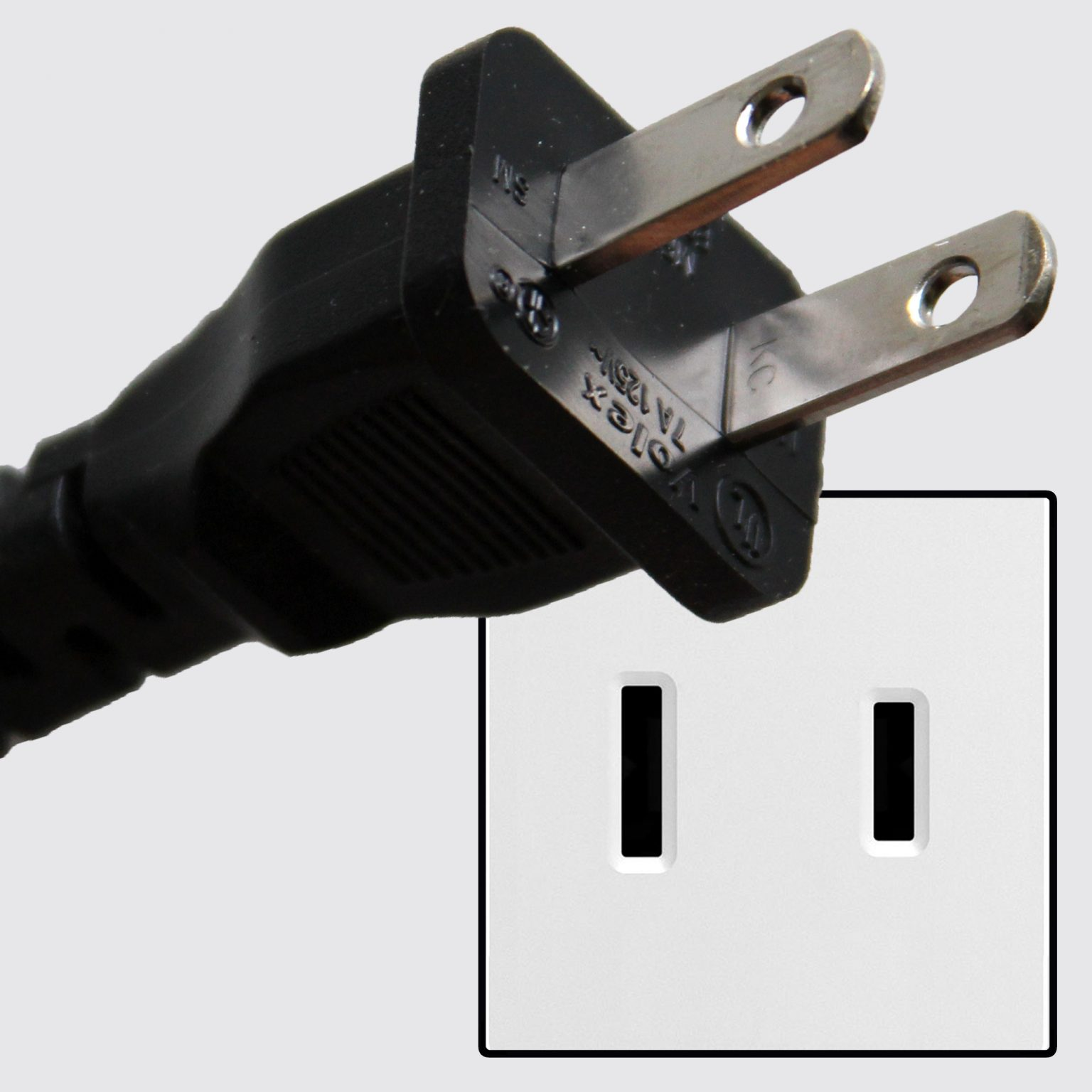
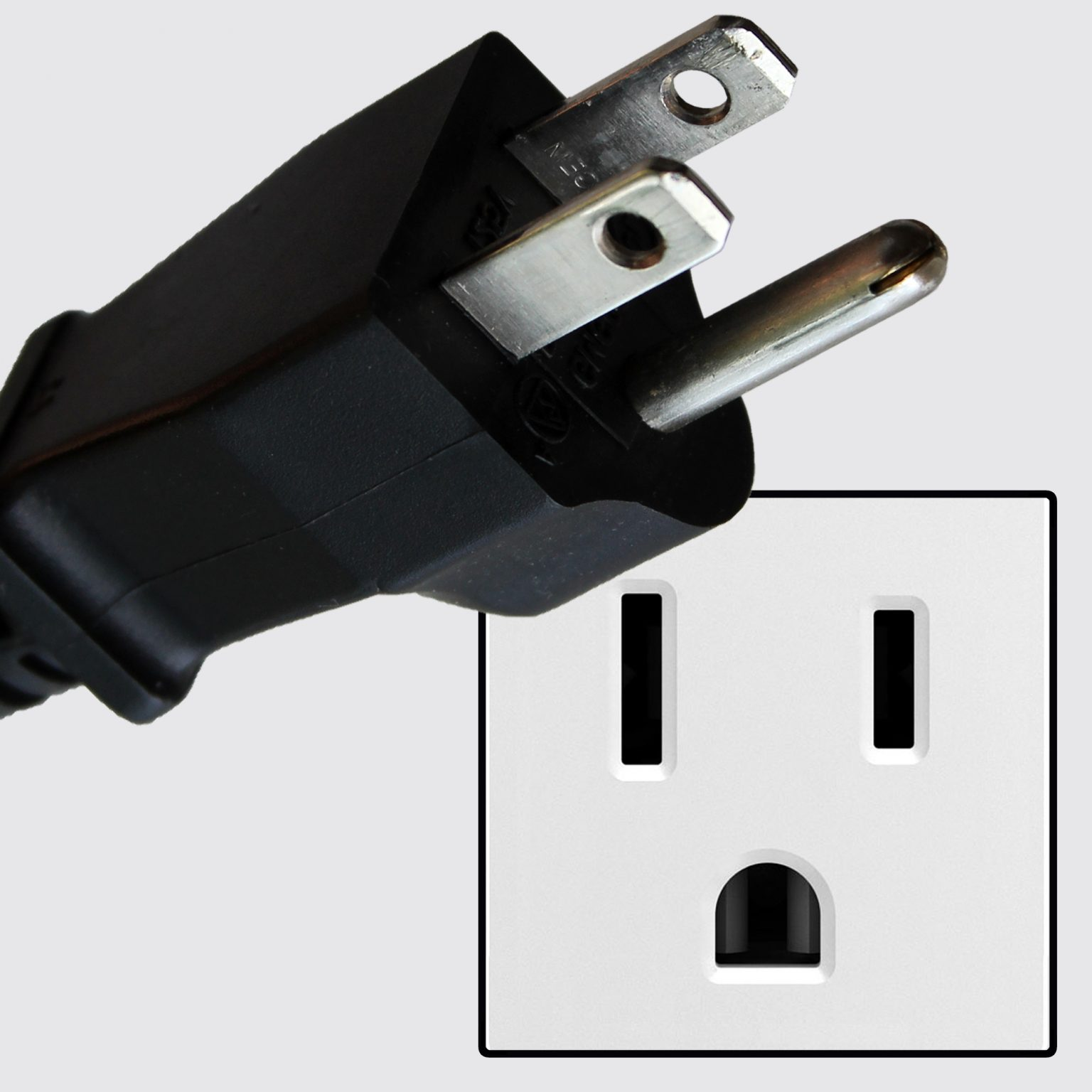
Maybe Italy and Chile have the best idea in terms of slim grounded plugs, although the lack of polarity might be a problem?
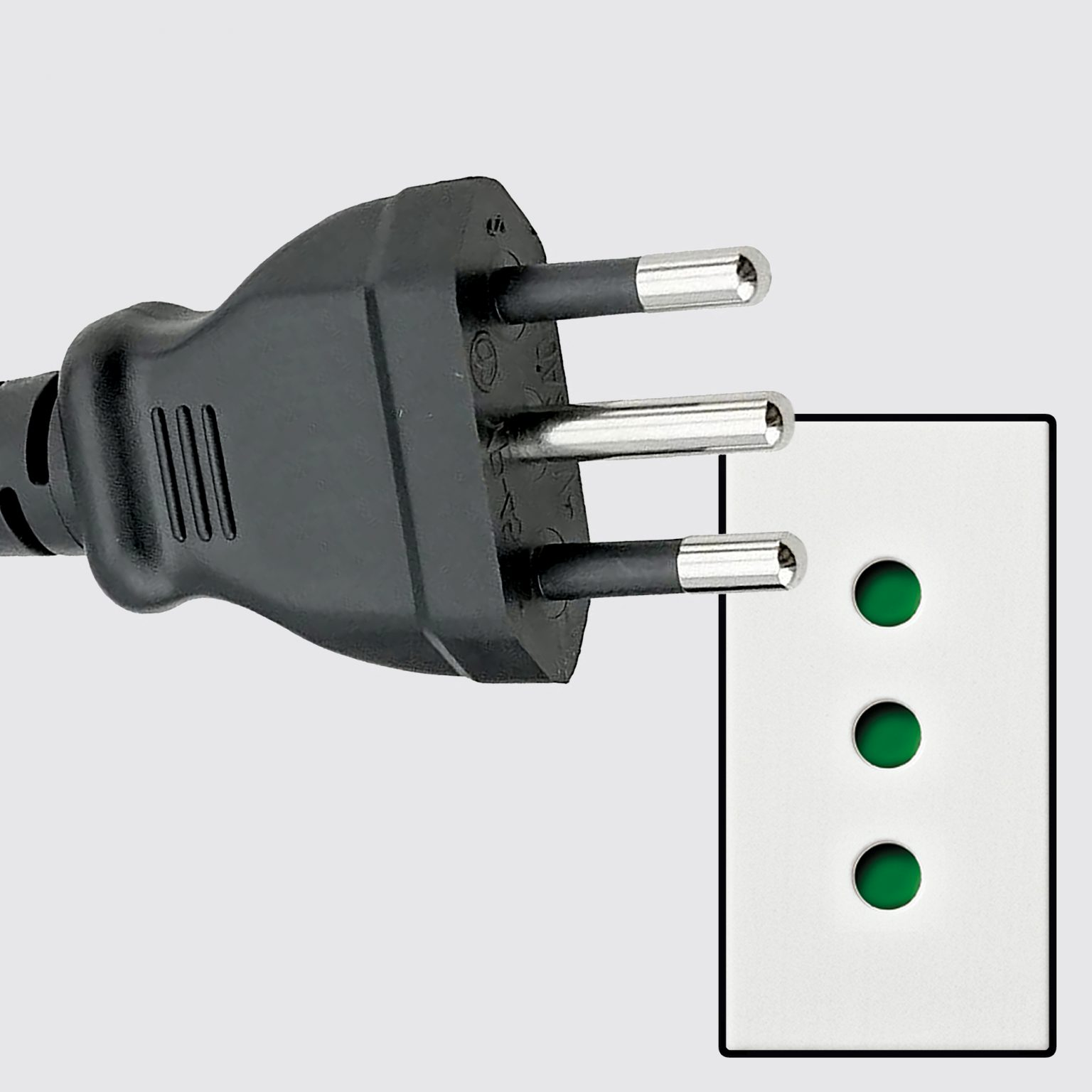
Also, IMO right-angle plugs are often better than straight ones because you can put furniture closer up against them and do so without stressing the cable.
So we can turn the power on and off.
Why else would you have a switch next to a power socket?
Most of the places in the world I have been to do without them, or at least did when I was there, so it confused me. But some people have given good explanations now.
Open one up. There's also a fuse connected to the live wire. The amperage is dependent on the normal draw of the appliance. Just added safety features. Also the live and neutral holes only open up if you put the earth in first (that's why it's longer). British plugs are arguably the safest.... Unless you leave them prongs up and step on it accidentally. That makes stepping on Lego feel like a shag carpet.
To turn things on and off.
I remember when I was young and bending down all the time was a thing you could do painlessly. Ah, youth.
Americans don't have this???
We do have ground fault circuit interrupt (GFCI) outlets, which are required when a socket is within a certain distance of a water source but can be installed on all outlets if you want. They have a little breaker inside that trips automatically if it detects a problematic difference in current flow.
They're not on/off switches but you could press the "test" button on the outlet to break the circuit.
I've also seen some whole outlets that are switched on/off from a light switch elsewhere in the room. Those are super annoying because there's no required indication that they work that way so you get to find out for yourself.
I like them, personally. You don't have to use them but they are sometimes handy. I just spent 30 seconds feeling around a TV to turn it off only to discover it doesn't have buttons. Killed it at the wall.
It's not a deal breaker, in any case. The weird foreign convention I would like to shame is doors that require a key to open from the inside.
I usually see keyed from the inside locks when there is glass in/near the door to prevent someone from breaking the glass, reaching in and unlocking the door.
Safety, easier to switch things off without unplugging them. Why not have one if it's more convenient? Not all of them have switches though.
Kind of off topic, but I've just gotta add that the safety shutters over the positive and negative terminals that only open when the ground pin (which is longer than the others on the plug) is inserted up top is brilliant, it basically makes short circuiting impossible. Electrical outlet design is one of the few things I'll concede the UK does better than the rest of the world.
Great for turning off a device or several devices without having to unplug (e.g. if the sockets are behind a bookcase, this is much more convenient). Not a super common need but when it saves moving furniture it helps. Given that UK switches are tougher to plug in and unplug than most (due to safety features), I prefer using a switch. Also, the switches are cheap and give more options, so may as well!
I rely on one for a light where the switch broke and wasn't easily replaceable, so being able to fall back on the mains switch meant I can keep using the light.
I present to you my favorite YouTube person:
The GFCI/RCD, a simple but life saving protector:
https://youtu.be/ILBjnZq0n8s?list=PLv0jwu7G_DFU62mIGZNag5vQ0a6tDGBpO
In defense of the Switched Outlet:
Electrical topics playlist:
https://youtube.com/playlist?list=PLv0jwu7G_DFU62mIGZNag5vQ0a6tDGBpO
I could just watch this guy all day lol
I expected Technology Connections or ElectroBOOM, was not disappointed.
UK household electricity is pretty spicy compared to many other places - it has more safety features as a result. (3 pinned fused plug, socket switches etc)
Isn't it just 230v 50 Hz like most of the world?
Apparently around 65-70 % of the world population (with access to electricity) has 230v 50 Hz.
I like the integration of the switch, should be standard. I use many switch plug-ins just to avoid stand-by consumption (it really adds up over the year) and to avoid high pitch humming on some devices.
YSK: there's also remote controls for these switches, very handy
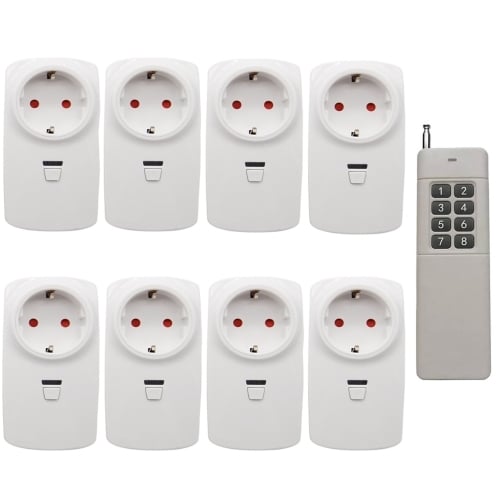
I'm not an electrician, but wouldn't remote control imply that something still remains on standby? So that it can receive a wake-up signal, if nothing else.
As any cautious parent could tell you, these are helpful when the toddler starts sticking things in places where they don't belong. Such as metal cutlery. In the power sockets.
Don't toddlers start pressing buttons even earlier? Not sure this alone could protect them
Being a uk person its cause they can & its also in to building / electric code. Its just a switch that breaks the live leg, stops sparking when plugging in stuff.
Everything you'd want to know about British wiring and my introduction to Tom Scott:
No one seemed to mention the important fact that UK and I think most Europe is a higher voltage than the US. Tom Scott as well as Technology Connections have some good videos on the whys and differences it causes.
Safety and convenience versus the cost of including them, I expect.
The Wikipedia page for BS 1363 says they're optional and weren't added to the standard until 1967. I can't recall having seen a domestic socket without one.
But it seems the only legal way to read the actual standard is to pay for it, and even the HSE website isn't much help.
